Commercial
The versatility of PassivGlas™ vacuum glazing makes it suitable for a wide range of commercial applications, including offices, retail spaces, educational institutions, and healthcare facilities.
High-Performance Vacuum Insulated Glazing for the Modern Commercial Sector
PassivGlas™ revolutionises commercial glazing with next-generation vacuum insulated glazing (VIG) technology that delivers exceptional thermal insulation, energy efficiency, acoustic comfort, and aesthetic versatility. Ideal for new builds, retrofits, and projects targeting carbon net-zero goals, PassivGlas™ offers a high-performance solution designed to meet the needs of architects, developers, and commercial property managers.
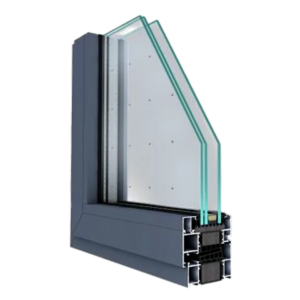
Why Vacuum Glazing Is the Future of Commercial Glass Solutions
Vacuum glazing eliminates the inefficiencies of traditional double and triple glazing. Using a micro-thin vacuum layer between two panes of glass, PassivGlas™ dramatically reduces heat transfer, delivering insulation performance comparable to a solid wall – without the bulk.
PassivGlas™ is engineered for seamless integration into both new and existing commercial properties.
Retrofit Friendly: With ultra-slim units starting at 6.3 mm, PassivGlas™ fits into existing frames.
New Builds: Architecturally flexible with superior energy performance with U-values as low as 0.49 W/m²K

Achieve Net-Zero with PassivGlas™
Sustainable Glazing for Commercial Buildings
Incorporating PassivGlas™ into commercial buildings aligns with global efforts to achieve carbon net-zero targets. The superior insulation properties of these glazing units not only lower energy consumption but also significantly reduce greenhouse gas emissions associated with heating and cooling. By opting for PassivGlas™, businesses demonstrate a commitment to environmental responsibility while benefiting from long-term operational cost savings.
Exceptional Thermal Insulation
Achieve U-values as low as 0.49 W/m²K to reduce heat loss and enhance year-round comfort.
Superior Acoustic Performance
A vacuum layer minimises sound transmission for a quieter indoor space. UKAS tested sound reduction of Rw 36 dB
Slim, Lightweight Design
With a thickness of just 6.3 mm, ideal for retrofits or new builds.
Guaranteed for 15 Years
Built for sustainability and reducing carbon footprints. Backed with a 15 year guarantee
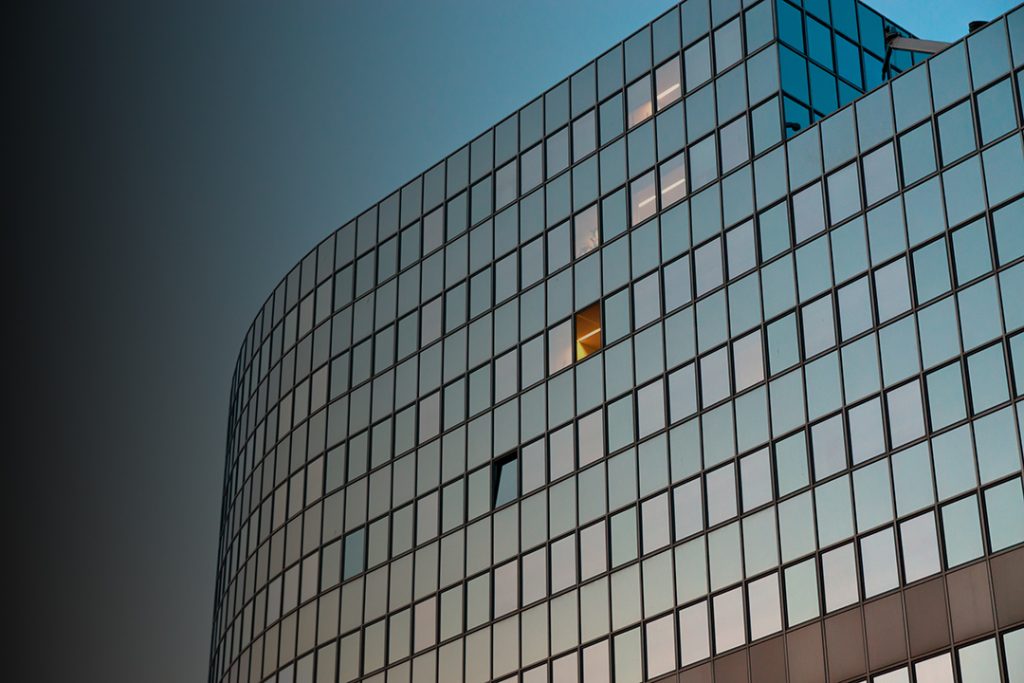
Seamless Integration and Superior Performance
PassivGlas™ for New Builds and Retrofits
Their sleek design allows for easy integration into existing window frames without necessitating structural modifications, making them ideal for both new builds and retrofit projects. Despite their slim profile, starting from 6.15 mm in thickness, these units maintain high natural light transmission of up to 80%, ensuring bright and comfortable indoor environments.
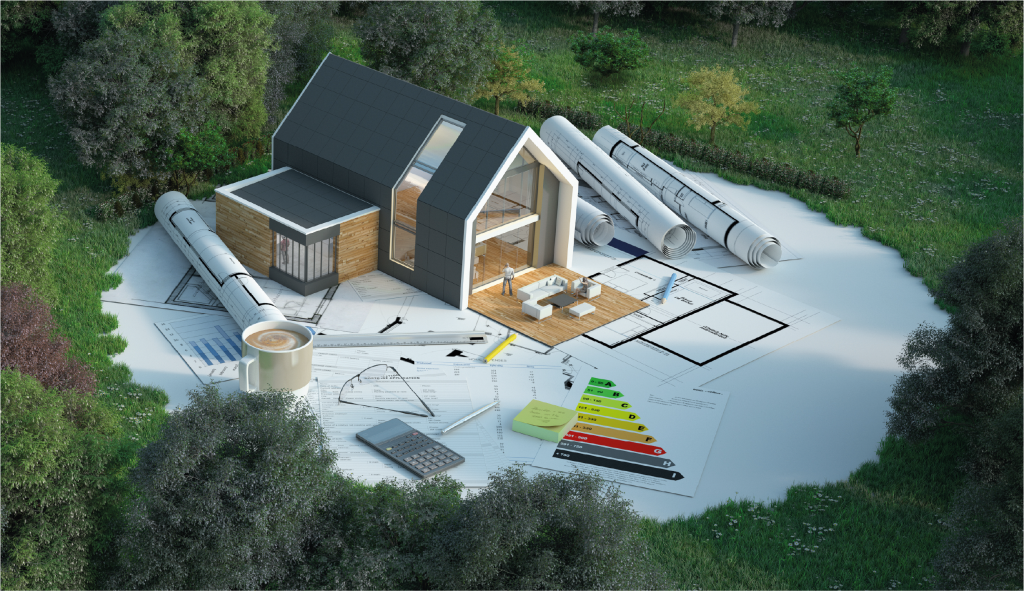
Enhanced Acoustic Performance with PassivGlas™
PassivGlas™ not only delivers outstanding thermal insulation but also excels in acoustic performance, making it an ideal glazing solution for commercial environments where noise reduction is essential. With a UKAS-tested sound reduction of Rw 36 dB, PassivGlas™ significantly dampens external noise pollution, creating quieter and more comfortable indoor spaces. This level of sound insulation is particularly beneficial in bustling urban areas, near transport hubs, or in buildings where a peaceful environment is crucial, such as offices, hospitals, hotels, and schools.
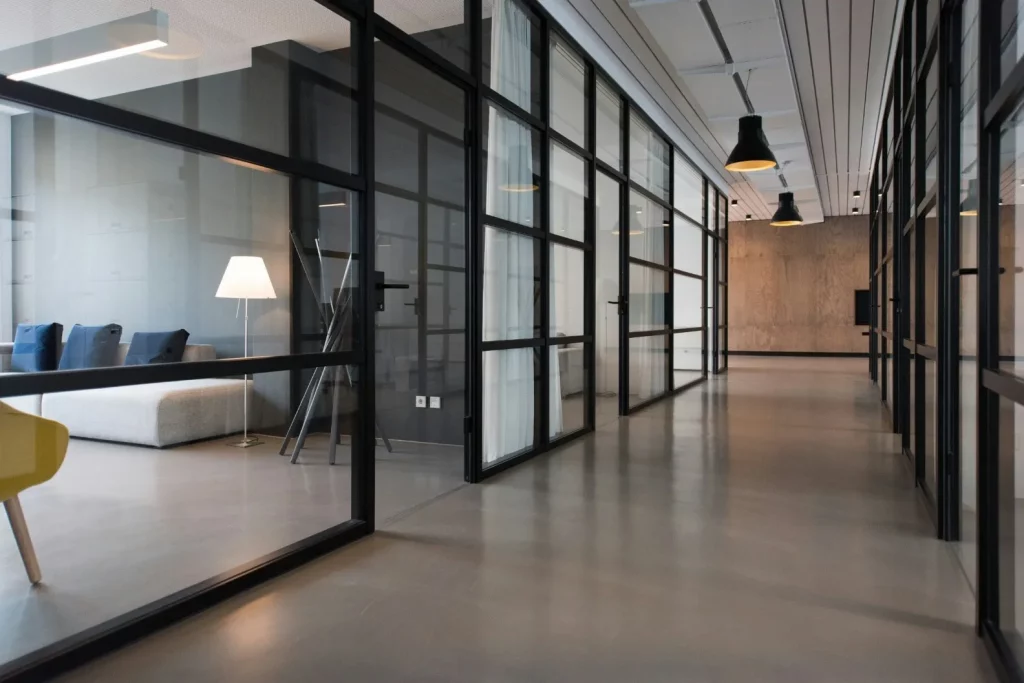
Quiet, Comfortable Spaces That Enhance Well-being
PassivGlas™ uses advanced vacuum technology to disrupt and block sound transmission more effectively than traditional glazing. By eliminating the air or gas-filled cavities through which sound typically travels, it delivers superior noise attenuation—especially in the mid-to-high frequency range where traffic, construction, and aircraft noise are most disruptive.
In commercial environments, this high level of acoustic insulation supports occupant well-being and productivity. Quieter office spaces reduce stress and distractions, fostering focus and mental clarity. In healthcare, lower noise levels promote patient comfort and recovery. Hotels enjoy improved guest satisfaction, and educational settings benefit from enhanced learning conditions—all contributing to healthier, more effective indoor environments

Future-Proof and Durability and Performance You Can Trust
PassivGlas™ products comply with various building regulations, including Parts E, L, and O, and meet Future Homes standards. With a 15-year warranty on single VIG units and an expected lifespan exceeding 25 years, PassivGlas™ represents a durable and future-proof glazing solution for the commercial sector. Its combination of energy efficiency, aesthetic appeal, and ease of installation positions it as a leading choice for modern commercial architecture.
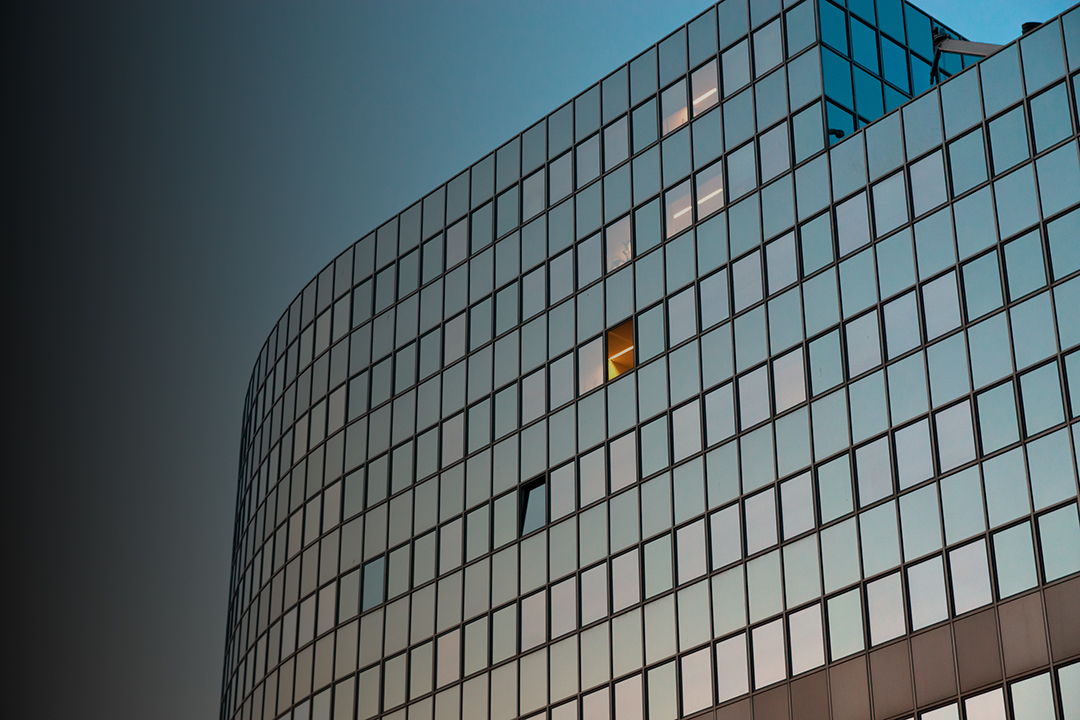
Key Benefits of PassivGlas™ Commercial Vacuum Glazing
Applications: Office buildings, retail spaces, hotels, schools, healthcare facilities
Outstanding Thermal Insulation: U-values from 0.49 W/m²K reduce heating/cooling costs.
Superior Acoustic Performance: Rw 36 dB sound reduction for enhanced comfort.
Ultra-Slim Profile: Starting at 6.3 mm — perfect for retrofits.
High Light Transmission: Up to 80% for bright, natural interiors.
15-Year Warranty: Backed by long-term durability and peace of mind.
Sustainable & Net-Zero Ready: Meets UK and international energy standards.
Easy Installation: Lightweight design fits standard frames.
Ready to upgrade your commercial glazing?
Contact us at info@vgnetwork.co.uk or call 0151 332 4545 for expert advice or a sample.
Frequently Asked Questions
What are vacuum units?
Vacuum Insulated Glazing or VIG is an advanced fenestration type of insulating unit. It consists of two glass panes, like a standard Insulating unit, but rather than the spacer bar and an air gap, VIG’s are separated by a micro vacuum gap, with a glass solder edge seal.
Are they fully tested?
Yes, they are tested to recognised industry standards:
Impact resistance: EN 12150-2 & ANSI Z97.1-37 & EN 12600 & BS356 (recently completed)
Weathering: EN1279-5 & ASTM E546/E2188/E2189
U-Value: ISO8301/EN12667 (Recently UKAS tested) & ASTM C518
Soundproof: ISO 10140-2 (Recently UKAS tested)
Do the standard units use coated glass?
Yes, all PassivGlas™ Linear units incorporate a Low-e single silver toughenable coating.
In order to meet the current Part O regulations, a Low-e double silver coating would be needed to meet the 70/40 requirements. Please check with VGN as to availability and MOQ for this product range.
What is the expected life?
Expected life on the unit is 25+ years due to there being no spacer bar to fail.
Will there be any condensation
Condensation is formed when the air temperature surrounding an object falls below the dew point and changes into a liquid
Internal:
Although condensation will not form on the internal surface of a VIG unit, Vacuum Glazing does not eradicate condensation from the room.
The warmer inner glass will potentially change the rooms cold point.
It is advisable to ensure all rooms have effective ventilation/circulation.
External:
Condensation may form on the external glass surface under certain conditions.
Generally, forms a grid around the micro-pillars.
Will disappear when the outside temperature warms with the morning sun.
It is an indication of how efficiently your windows are at reducing thermal loss.
Condensation between glasses:
An indication that the Vacuum has been lost.
Consult your supplier to confirm course of action.
